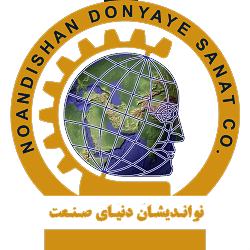
According to Mehr News Agency, citing the Nano Technology Development Headquarters, by bypassing the need for dangerous chemicals, this finding can lead the industry to technologies with less risk to humans and the environment. The results of this project have been published in the form of an article in the journal Nano Letters.
One of the dominant challenges facing any electronic component manufacturer is stacking layers of components, which is critical to building complex devices.
Assembling these layers can be a frustrating process, especially for printed electronics.
“If you make a peanut butter and jam sandwich, it’s easy to put a layer of that stuff on each piece of bread,” says Aaron Franklin, a professor of electrical and computer engineering at Duke who led the study. Is. But if you spread the jam on the bread first and then try to spread the peanut butter on top, it becomes difficult because the jam will mix with the peanut butter. Putting layers on top of each other is not an easy task. “If you want to build electronic devices with printing, you have to do it.”
In earlier work, Franklin and his group created the first fully recyclable printed electronics. These devices used three carbon-based materials: the semiconducting carbon nanotube, the conducting graphene, and the insulating nanocellulose. In trying to adapt this process to water, carbon nanotubes were the biggest challenge.
To prepare a water-based ink in which the carbon nanotubes do not stick together and spread evenly over a surface, a surfactant similar to detergents must be added to the system. However, in the resulting ink, the layer of carbon nanotubes is not dense enough for a large flow of electrons to pass through.
This is because the surfactants used to prevent the carbon nanotubes from collapsing prevent the extra layers from sticking together. In a traditional manufacturing process, these surfactants are removed using very high temperatures, which take a lot of energy, or chemicals, which can pose risks to human health and the environment. Franklin and his team wanted to avoid both of these problems.
In this project, Franklin and his team developed a cyclical process in which the device is washed with water, dried at relatively low heat, and printed again. When the amount of surfactant used in the ink is also adjusted, the researchers show that their inks and processes can create fully functional, fully recyclable, and fully water-based transistors.
